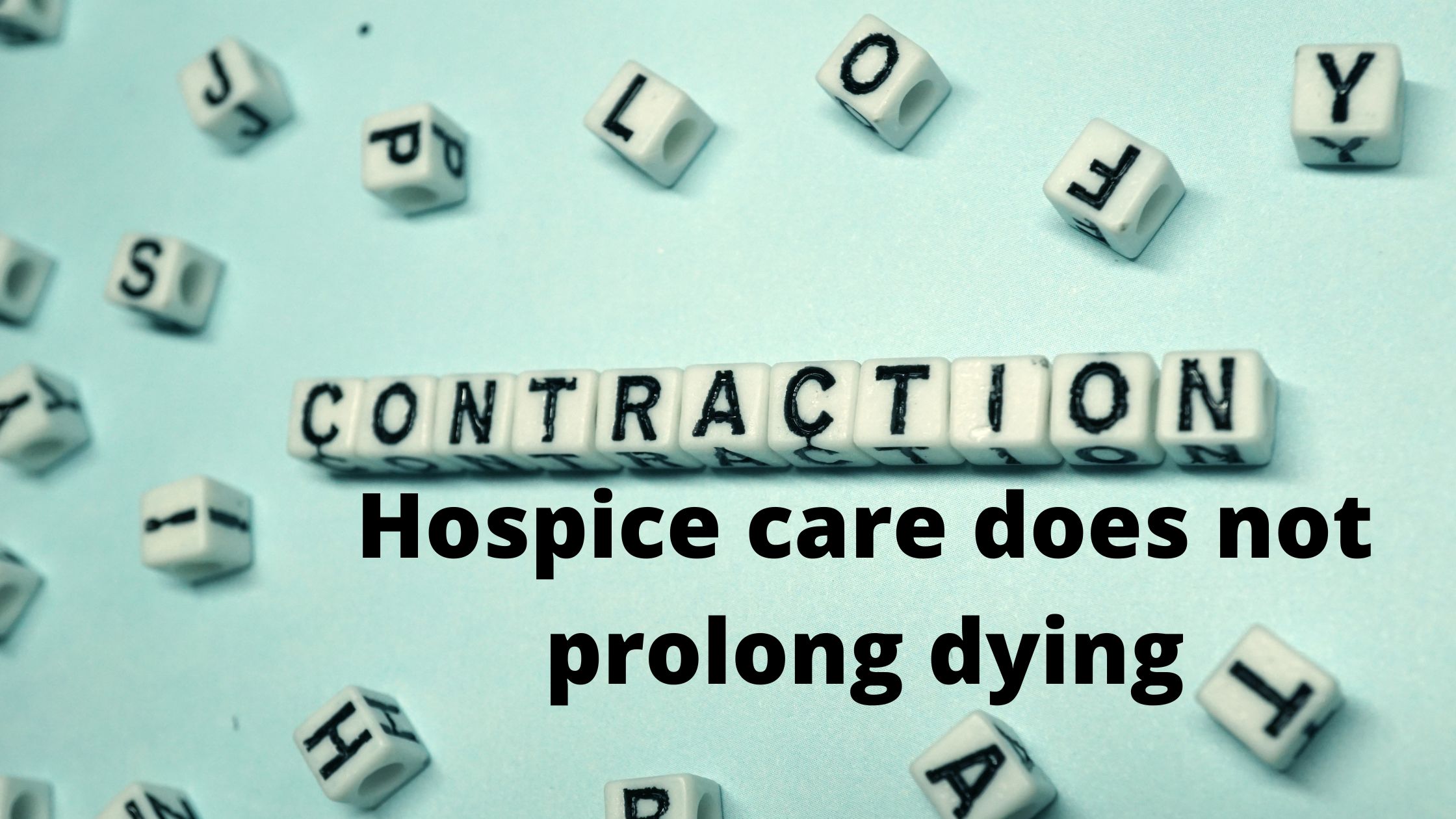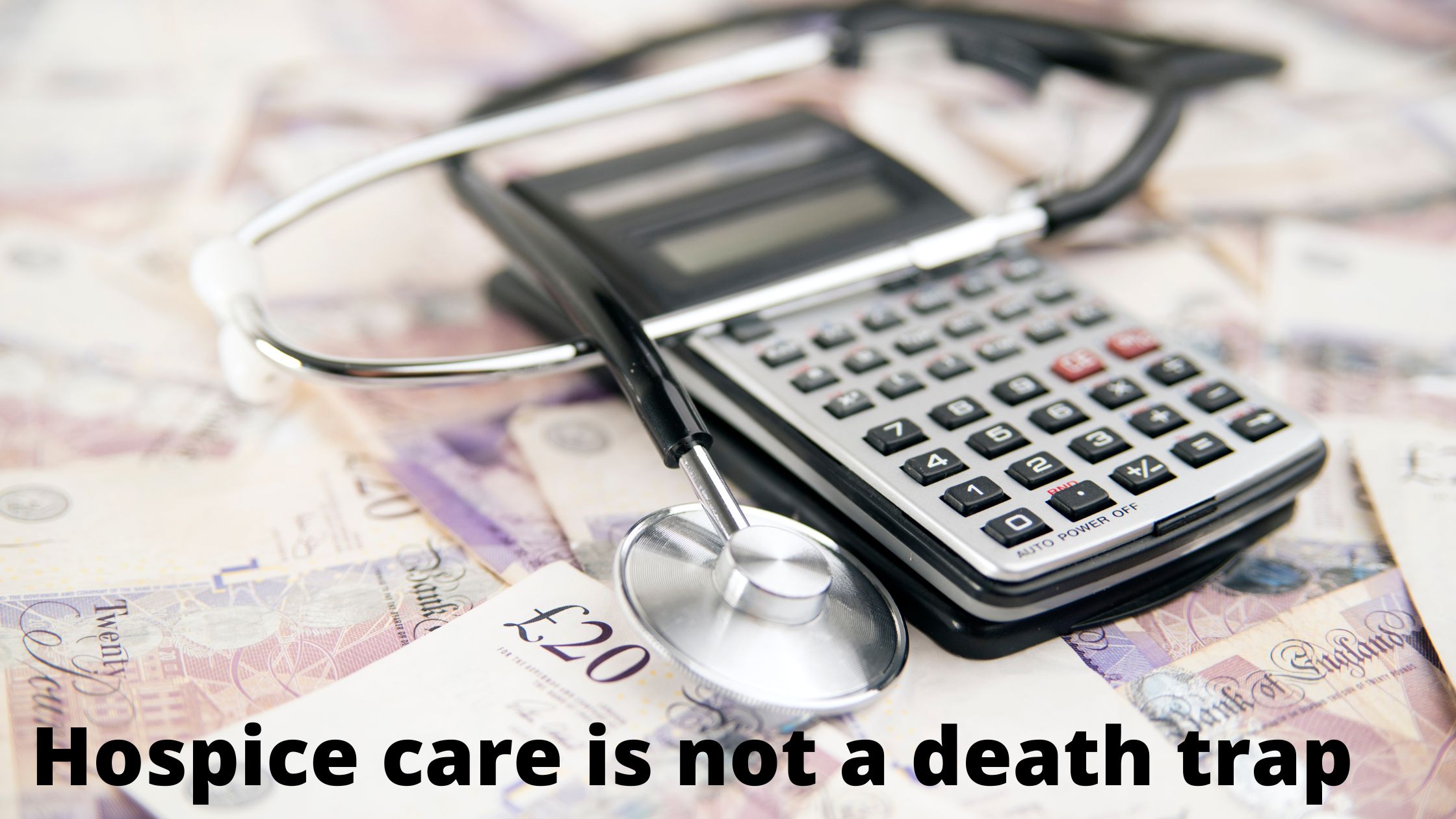Hospice care is a type of care that is typically given to people who are terminally ill and have less than six months to live. For many people, hospice care may be their last chance at a peaceful death. However, like anything else, there are myths surrounding hospice care that need to be debunked by experts before you make any decisions about whether or not to seek out this type of care.
Hospice care is not a death trap
Hospice care is not a death trap as many people believe. In fact, hospice care can be very helpful for those who are dying. Hospice care is a type of care that is designed to help people who are terminally ill or have a prognosis of less than six months to live.
Hospice care is different from traditional hospital care in several ways. First, patients typically spend more time at home. They are also generally treated in their own homes rather than in a hospital setting. Hospice staff provide around-the-clock care and support, but the patient retains full control over their medical decisions.
The main goal of hospice care is to comfort the patient and ease their passing. This is done through providing emotional and spiritual support, as well as managing the patient’s pain and symptoms. Hospice staff also work to create a sense of peace and dignity for the patient before they die.
Overall, hospice care can be very helpful for those who are dying. It is a type of care that is designed to help them pass away in a comfortable and peaceful environment.
Hospice care is not expensive
Many people think that hospice care is expensive, when in fact it is not. Hospice care can actually be quite affordable if you plan ahead. There are a number of ways to get hospice care without having to spend a lot of money.
One way to get hospice care is to use a hospice insurance policy. This type of policy will cover the cost of your care. You will only have to pay for the services that you use, and there are no premiums to pay each month. You can also find hospice insurance policies through your employer or through a retirement plan.
Another way to get hospice care is to use a payment plan. This type of plan allows you to pay for your care over time. You will not have to worry about paying upfront fees, and you will not have any monthly payments. You can also find payment plans through Medicare or Medicaid.
Finally, you can also find hospice care through charitable organizations. These organizations provide free or discounted care to people who cannot afford it otherwise.
Hospice care does not prolong dying
There are a number of myths about hospice care that many people believe. One of the most popular myths is that hospice care prolongs dying.
In reality, hospice care is designed to provide assistance and comfort to people who are terminally ill. It is not meant to prolong their dying process. Hospice care can help to relieve symptoms and provide support during the last stages of a person’s life. However, it is ultimately up to the individual patient to decide when they want to die.
Hospice care does not cause more pain than regular medical care
Hospice care is often thought to be more painful than regular medical care. However, this is not the case. In fact, hospice care can actually reduce the amount of pain a person experiences.
Hospice care is based on the philosophy that a person should not be treated like a patient who is terminal. Instead, they should be treated like a person who is experiencing a difficult life event. This means that hospice care focuses on relieving symptoms and improving the quality of life.
One of the most important ways that hospice care can reduce the amount of pain a person experiences is by reducing inflammation. Hospice patients are typically given medications to reduce inflammation, which helps to reduce the pain caused by conditions such as arthritis.
Overall, hospice care is based on the philosophy that a person should not be treated like a patient who is terminal. This philosophy reduces the amount of pain that a person experiences and helps to improve their quality of life.
Hospice care does not hasten death
Hospice care does not hasten death. In fact, research has shown that hospice care can actually improve the quality of life for patients who are terminally ill.
Hospice care is designed to provide comfort and support to patients who are facing a terminal illness. It includes treatments such as pain relief, counseling, and emotional support. Hospice care can help to ensure that patients have a good quality of life until they die.
Studies have shown that hospice care can actually improve the health of patients who are terminally ill. It can reduce their pain levels, help them to cope with their illness, and reduce their anxiety levels. Hospice care also helps to ensure that patients receive the best possible care while they are alive.
Hospice care is not only for the terminally ill
Hospice care is not only for the terminally ill. Hospice care can be beneficial to people of all ages and health conditions. Hospice care is a type of care that provides comfort and support to people who are facing a life-limiting illness.
There are many myths about hospice care that have been circulated by uninformed people. Some of the most common hospice care myths are listed below.
Myth 1: Hospice care is only for the terminally ill.
This is one of the most common myths about hospice care. In fact, hospice care can be beneficial to people of all ages and health conditions. There are many different types of hospices, including pediatric hospices, adult hospices, and geriatric/palliative hospices.
Hospices provide comprehensive care to patients who are facing a life-limiting illness. This means that they provide services such as counseling, companion Care, home health care, respite services, and much more. In addition, many hospices offer financial assistance to patients who need it.
Myth 2: Hospice care is expensive.
This is another myth about hospice care that has been spread by
Hospice care does not lead to depression or loneliness
Hospice care is a wonderful way to end a life with dignity and comfort. It is also one of the most popular forms of care available, with over 1 million people receiving hospice care in the US each year.
However, there are some myths about hospice care that need to be debunked. One myth is that hospice care leads to depression or loneliness. This is not true. In fact, studies have shown that people who receive hospice care are actually happier and feel more connected to family and friends than those who do not receive hospice care.
Another myth is that people die in hospice care because they are given too much medication. In fact, most people die in hospice care because they are given the right amount of medication and have good physical and emotional health.
Hospice care does not require long hours of visitation
Hospice care doesn’t have to involve long hours of visitation from family and friends. In fact, hospice care can be done in a way that preserves the relationship between the patient and their loved ones. There are several types of hospice care, each with its own specific features and benefits.
Some hospice care programs allow patients to remain at home while receiving treatment. This type of hospice is called “inpatient hospice.” Inpatient hospice allows patients to stay in their own home, rather than in a hospital or other facility. It also allows family members to continue to visit the patient in a comfortable setting.
Another type of hospice care is called “outpatient hospice.” Outpatient hospice allows patients to continue living at home while receiving treatment. However, they must visit a healthcare provider twice a week for treatments such as medication doses and check-ups. This option allows family members to maintain close contact with the patient without having to spend long hours visiting them in person.
There are also varieties of hospice care that combine elements of both inpatient and outpatient hospices. This type of hospice is called “mixed-mode.” Mixed-mode hospice allows patients to remain
Hospice care
Hospice care is a type of care that is designed to provide comfort and support to people who are terminally ill. It is not meant to prolong a person’s life.
There are many myths about hospice care that are perpetuated by the media and by some people who have never had experience with hospice care. Some of the most common myths about hospice care are that it is expensive, that it is only for dying patients, and that it is a way to avoid death.
In reality, hospice care is available to anyone who is terminally ill. It can provide comfort and relief to patients and their families during a difficult time. Hospice care can also help patients transition peacefully from life to death.

